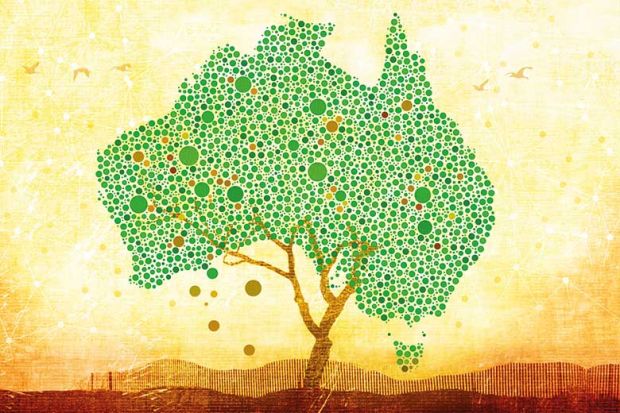How did benefactors of the University of Cambridge in the 17th century weigh the return on their investments?
Newton’s discoveries would, of course, go on to underpin humanity’s understanding of motion and optics, and his differential calculus would transform our capacity to calculate change and optimise processes. It is hard to nominate a piece of modern technology that is without significant debt to at least one of his insights. Yet Newton’s impact metrics would have indicated a desultory performance, and even his quality metrics would have suffered from his long delay in publishing his findings in Principia Mathematica. If he were alive today, such tardiness could have severe career consequences.
One reason that universities have been so successful as social institutions down the ages is that they have been able to evade undue pressure for immediate, foreseeable returns. They are expected to delve where others cannot: to conduct the kind of long-form enquiry that often lacks a line of sight to the results.
However, the rise of metrics and shorter political cycles have combined to create pressure on academics to demonstrate the impact of their work over ever tighter time frames. In the case of the new National Interest Test for work funded through the Australian Research Council (established in the wake of the furore last October over a former minister’s vetoing of 11 humanities projects), that demonstration is required before the research has even begun. It is not difficult to see that some kinds of questions cannot be addressed in this way, while many others will necessarily be approached less expansively, narrowing the range of potential discovery.
We know that research takes great minds, a decent amount of time and many players to favour success. Crucially, this can be just as true for translational as it is for discovery research. In Australia, that formula has generated contributions such as the human papillomavirus vaccine, which prevents cervical cancer, and the functional multichannel cochlear implant. Over nearly 30 years, Australia’s translational Cooperative Research Centres alone have produced dozens of breakthrough applied discoveries, ranging from advanced contact lenses to life-saving bushfire mapping software.
More recently, Australian universities have begun cooperating more closely to generate scale and time to develop research prototypes, making them more likely to reach a market. Current examples include the Biocurate collaboration between Monash University and the University of Melbourne in biomedical and biopharma translation, as well as my own institution’s clean energy demonstrator at our multipurpose testing facility.
A successful national research enterprise must provide the means and the space for all kinds of research to thrive: the applied and the fundamental; the short-cycle and the long-term; the responsive and the speculative. Each has its essential part to play in advancing the collective research agenda, and each depends for its own success on the success of the others. It is not actually all that difficult, and we know how to do this: in fact, we have done it before.
The conspicuous success of the multibillion-dollar innovation plan known as Backing Australia’s Ability, launched in 2001, was the product of over a decade of bipartisan government support and strong cooperation across the science and research sector and with major industry partners. It provided a coherent, overarching structure to nurture a research ecosystem in which each element could thrive in collaboration with the others. It fostered diversity, with different elements working in the ways that favoured their different ends, ranging from development and application to longer-range open enquiry.
The approach underpinned a research model that was at once engaged yet open, problem-oriented yet curiosity-driven. Backing Australia’s Ability was a research success, a public policy success and a political success not only because all partners supported the model, but because all partners lived up to the initiative’s title and backed each other’s ability.
But in 2015, Unesco’s Towards Science 2030 report warned that Australia’s “challenge will be to ensure that science does not become the hand-maiden of industrial and commercial development”. Our policy settings in recent years have only steered us closer to that narrowing of mission.
As the American engineer and science leader Vannevar Bush observed, “new products and processes are not born full-grown. They are founded on new principles and new conceptions which in turn result from basic scientific research”. Recognising that such research is the feedstock of application, rising research nations such as Canada and China are recalibrating their R&D effort to boost their basic discovery pipeline.
The Australian research ecosystem is not foundering, but nor is it thriving – at least, not to the level we are accustomed to and that our community expects. That is because its constituent parts are not working together as well as they could be. If we are to grow further as a research power, then all partners – from regulatory bodies to universities, from research councils to politicians, from academics to industry – must come together to back each other’s ability once more.
Margaret Sheil is vice-chancellor and president of the Queensland University of Technology, and a former chief executive of the Australian Research Council. She is speaking on a panel at Times Higher Education’s Asia-Pacific Research Excellence in Sydney this week.





